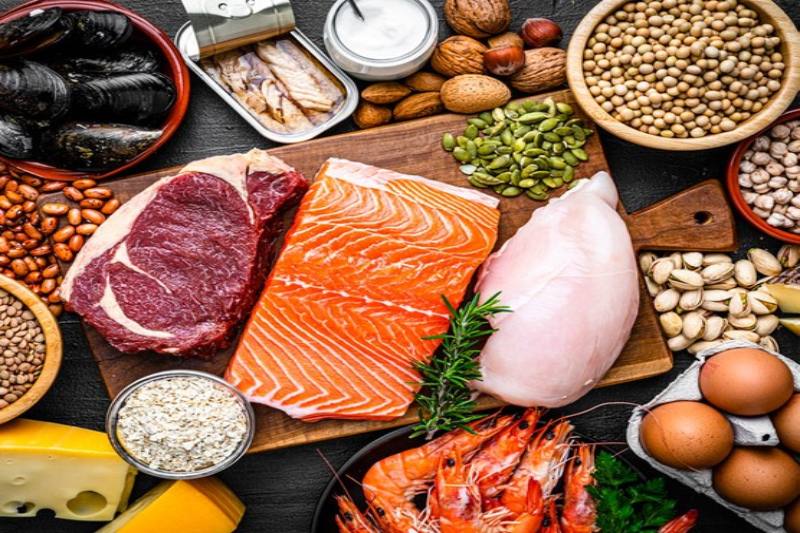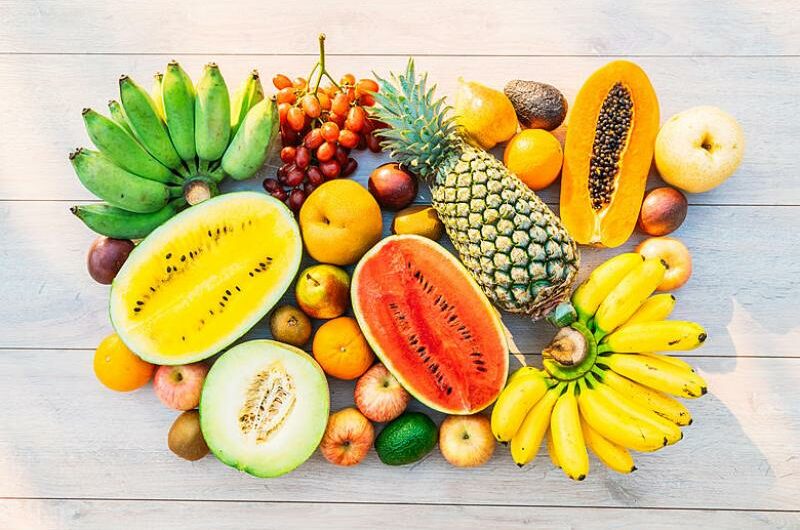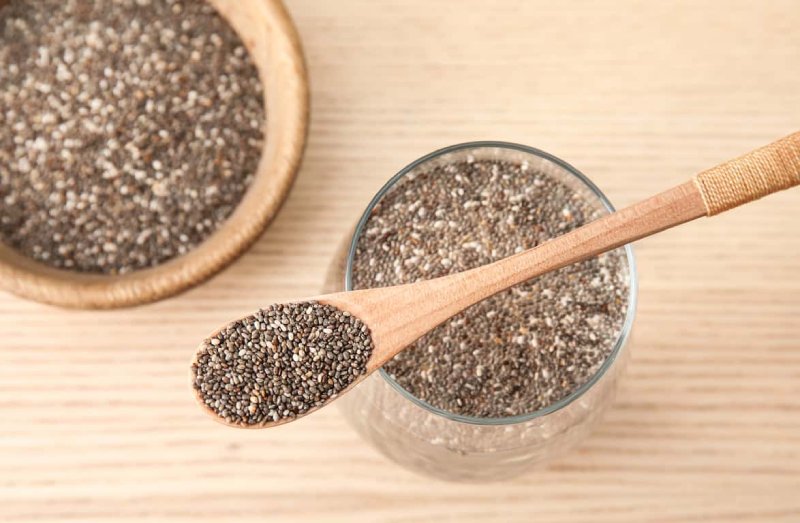If it weren’t for protein, humans would be in terrible shape. According to StatPearls, this essential nutrient—which completes the trio of macronutrients, along with fat and carbs—not only helps to develop muscle mass but also plays a crucial role in hormone production, enzyme synthesis, and cell structural support.
Thankfully, most of you have no trouble consuming enough protein to meet your needs. An examination of data from 2001 to 2014 revealed that the average daily intake of protein for adults in the US is close to 90 grams. Although this is more than the minimum 50 grams recommended by the Food and Drug Administration (FDA), the authors point out that the FDA’s advice is based on a minimal consumption meant to prevent deficiency rather than necessarily maximize physiological function.
But not every protein is made equally. In actuality, eating a lot of protein from meat that is high in saturated fat can raise cholesterol, which is bad for the heart. According to the American Heart Association, consuming an excessive amount of protein may also make room for other nutritious foods like fruits and vegetables.
Because of this, eating a well-planned diet rich in protein-rich foods will help you feel better overall. However, a lot of people are increasingly curious about which protein sources are superior to others due to the growing popularity of plant-based foods, lean meals, and snacks. Here is a ranking of nine popular sources of this macronutrient that builds muscle by nutrition experts.
Greek yogurt is the best
Greek yogurt is essentially a higher protein variant of conventional yogurt, but you may recognize it as a creamier, thicker version of your favorite tangy dairy dish. According to the Academy of Nutrition and Dietetics, Greek yogurt is created by filtering off extra liquid whey from regular yogurt, which thickens it and doubles its protein content. The USDA states that 8.78 grams of protein per 100 grams of whole, unsweetened Greek yogurt are more than the 3.82 grams per 100 grams of conventional plain whole yogurt. Similar amounts of protein are found in Icelandic yogurt (Skyr), another thick, strained yogurt.
According to one study that examined the effects of eating Greek yogurt together with resistance exercise, this creamy source of protein not only helps to build muscle mass but also has a host of other health advantages. Furthermore, according to Johns Hopkins Medicine, nutrients like calcium and vitamin D are essential for maintaining a strong immune system, regulating blood flow, and supporting muscle and nerve function, among other aspects of general health. However, before making a purchase, it’s crucial to check the nutrition label, advises Los Angeles-based registered dietitian Lauren Hubert. “It’s easy to think you’re buying a yogurt that’s high in protein, but it actually has a ton of sugar,” she says. Choosing plain Greek or Icelandic-style yogurt is the ideal option, says Hubert. You can sweeten to taste by adding chopped fruit, cinnamon, or a little honey or maple syrup.
Plant-Based Yogurt is the worst
Plant-based yogurts may not always be an excellent source of protein, even though Greek yogurt is. “The majority of plant-based yogurts don’t have a lot of protein,” says Essex County, New Jersey-based Alyssa Smolen, MS, RD. “It’s best to stick to dairy yogurt, preferably Greek yogurt, if you’re looking to have yogurt to fulfill your protein needs.” For instance, the USDA reports that Kite Hill’s plain almond milk yogurt has just 3.33 grams of protein per 100 grams and also adds thickening gums and starches. According to the USDA, coconut yogurt has even less protein—just 0.31 grams per 100 grams.
Eggs are the best
Eggs are a great option for a quick protein boost. In Hamden, Connecticut, David Katz, MD, MPH, a specialist in internal, preventative, and lifestyle medicine, claims that eggs offer an easy and adaptable source of healthy nutrients. According to the USDA, they offer a significant high-quality protein value for the money, weighing 6 grams for each giant chicken egg. In comparison to protein from dairy, meat, and plants, a recent study found that the protein from eggs is the most easily digested protein in meals. This means that the amino acids in eggs are more readily available for the body to use. Eggs have also been demonstrated to boost immunity, control blood pressure, and reduce hunger, all of which can help with weight management.
Hubert explains, “I eat eggs every single day. I’m a dietitian.” Don’t eliminate the yolks, she advises. According to her, “the yolk contains so many high-quality vitamins and minerals.” For example, the research above indicates that the yolk contains approximately 40% of its protein. Another study found that the yolk also contains vitamins A, D, E, K, and B12.
Red meat is the worst
Red meat has significant drawbacks even though it has some of the greatest protein content of any food—29 grams in 100 grams of lean top sirloin, for example, according to the USDA. According to Dr. Katz, red meat is a triple negative because of its consequences on human health, the environment, and the possibility of animal abuse. Increased consumption of red meat, even unprocessed varieties, has been associated with an increased risk of heart disease and type 2 diabetes, as per the findings of two different studies. Katz came to the conclusion that “less [red meat] is better.”
Beans are the best
According to Katz, “beans get a good mark for every bad mark beef gets.” They won’t break the bank on groceries, are low in saturated fat, high in fiber and protein, and have a relatively small environmental impact, according to earlier research. Specifically, dry beans or canned beans are a wise choice: According to the USDA, a half-cup serving has 9 grams of protein and fiber per 100 grams.
Hot Dogs are the worst
Here, there are no surprises: Not the best option when it comes to protein is hot dogs. They carry many of the same health hazards as red meats because they are processed meats. In actuality, a meta-analysis found that eating red and processed meats was linked to a noticeably increased risk of colon cancer. Furthermore, consuming processed meats like hot dogs may raise your risk of ischemic heart disease by 18%, according to a systematic review and meta-analysis.
This relates to their level of preparation. “Processed meats like sausages and hotdogs have a lot of fat and sodium added to them during processing, which makes them less nutritious,” explains Hubert. According to the USDA, a normal hot dog has 6.5 g of saturated fat and 472 mg of sodium, or 20 and 32 percent of your recommended values for saturated fat and sodium, respectively, over the course of a day.
Wild Salmon is the best
You don’t have to eat animal products to obtain high-quality protein—the kind that gives your body all the critical amino acids it needs. If you do, Katz suggests trying wild salmon. Why lose control? The USDA states that wild-caught salmon will yield somewhat more protein—25.4 grams per 100 grams—than farmed salmon, which has 22.1 grams per 100 grams. (The Washington State Department of Health explains that this is because farmed salmon have a diet higher in fat, which makes the fish fatter and lower in protein.) Wild salmon does, however, also contain a lot of heart-healthy omega-3 fats.
Hard Salami is the worst
Hard salami, like hot dogs, is a problematic protein due to its high processing level, fat content, and sodium load. Hard pork salami contains 407 calories, 13.4 grams of saturated fat, 2,260 mg of sodium, and an amazing 22.6 grams of protein per 100 grams. Once more, having too much of these nutrients may raise your chance of developing heart disease. Limit your intake to one ounce and indulge in hard salami only on special occasions if you’re truly wanting it on a charcuterie board or sandwich. To give you an idea, depending on how thinly you cut them, one ounce is approximately three to six slices.
Top: Lentils
Do you want a plant-based protein that will satisfy your hunger? Lentils are a great place to start. Their high fiber and high protein combination can be a pleasant addition to stews, curries, and other dishes. There are 7.9 grams of fiber and 9 grams of protein in 100 grams of cooked lentils. These little legumes are available in five colors: brown, green, red, black, or yellow. They are all extremely nutritious.
Lentils are among the healthiest foods available in general. According to Amidor, “one of the few foods to be classified as both a vegetable and a protein by the USDA is pulses like lentils because they are so nutritious.”
In brief
Protein is useful for more than only bulking up or professional athletes. This macronutrient powers a host of vital functions in every living thing. Lean toward minimally processed foods like beans, wild salmon, lentils, and eggs when making protein-related decisions, and stay away from more processed meals like plant-based yogurts, hot dogs, and salami. A qualified dietician can provide you with advice tailored to your individual needs if you’re worried about your intake of protein or where it comes from.
Topics #Top 9 #Worst Protein Sources










